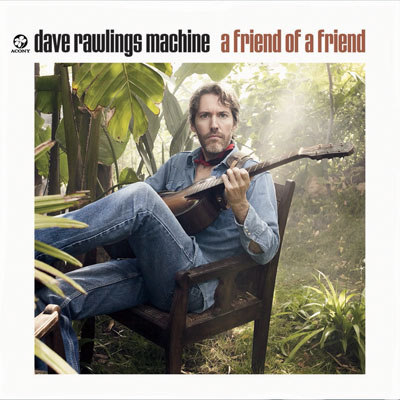Ok, you have a book. Let’s call it a text of a book, because that’s what you’ve really created, a text.
Now you have to decide in which format you want to distribute it: PDF, ePub, Nook, Kindle.
You can release your finished book in all these ways if you want, and you probably should. Don’t limit your market!
In terms of easy to do, a PDF conversion is easiest. Format your book very simply, with page numbers and headers, in a standard readable font, and convert. It doesn’t have to be more complex than this, but you could bookmark the TOC to the chapters to make navigation easy, and you could slap a cover JPG on it. You can then check your creation using free Adobe Digital Editions software on your computer (PC or Mac)
Many people use this option because they have worked with Acrobat. No access to Acrobat? Search around the Adobe site. It usually allows you to do some free conversions as a sample. Mac users have a built in PDF creator, but the Mac PDF created isn’t always stable on all platforms. So be aware if you choose to go that route.
The PDF advantages are . . . you can read them on your computer and distribute them around to reviewers who can then see your book as it will look when printed. The PDF creates a version that maintains your formatting. They can be read on devices such a iPads, which are slightly larger page size.
PDF disadvantages . . . if you do a straight book to ebook conversion and look at it on your ADE, you’ll see the problem immediately. The white page margins are always there. Even when you shrink it down. If you go up and select READING, and from the dropdown menu choose Custom Fit, then adjust it 174%, and fit the reader window directly over the text, you’ll see what it’s like trying to read your book on an iPad. It’ll look a lot like this

The problem with simply converting your book formatted text to a PDF (if you aren’t going to make a printed book, and these aren’t review copies), is that PDF formatting is static. You can make it smaller or bigger. But it’s difficult. It also becomes totally unreadable on any small eReader or iPhone.
So, when considering a PDF, which can be a great format for people who read on a laptop, or iPad, or when sending out review copies of a book that will be coming out in print (and so you want to show reviewers what it actually looks like), a text formatted into a book configuration and then PDF’d can be a good thing.
However, if you are shooting for an eReader market, you have to make it eReader friendly. So, our tip for when you absolutely positively are going to go PDF, but want the widest possible audience? Check back Tuesday.








Leave a comment